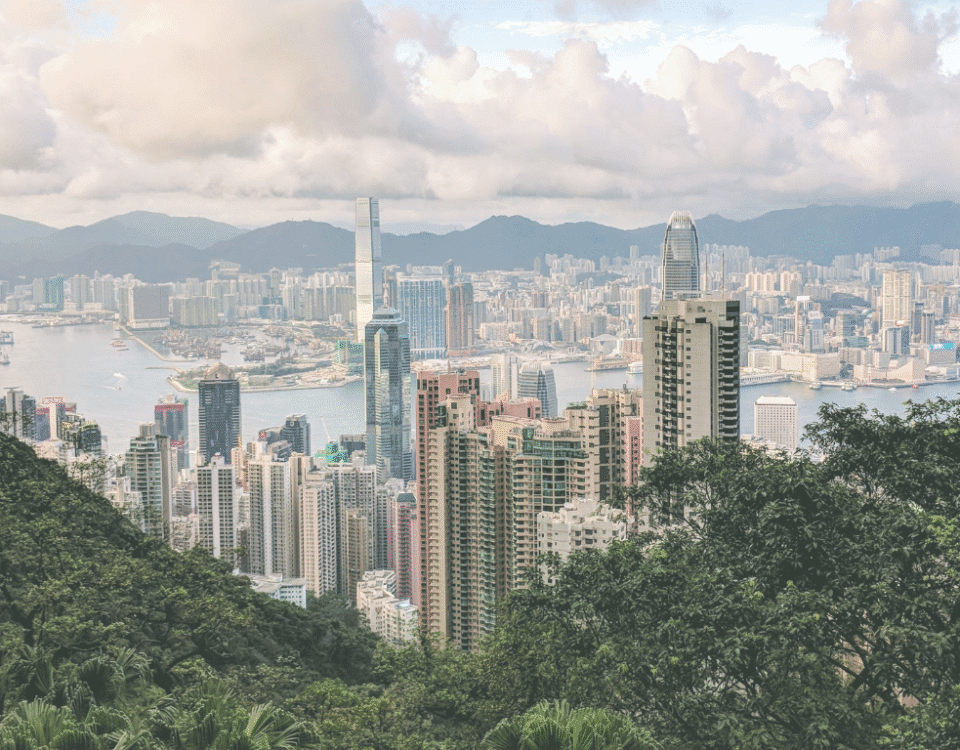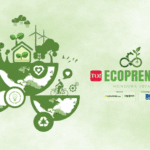Urban Afforestation: A Remarkable Hack To Build Climate-smart Cities
Cities are growing. Buildings are rising. Cafés are popping up. But hey, where are the trees? We keep talking about urban development as if it’s only about roads, towers, and real estate. But isn’t nature the OG life-giver in every space we call home? So why is urban afforestation rarely part of the master plan? And why is deforestation still normalized in the name of progress? It’s time for the city and the forest to finally become friends. Let’s start building an urban future where growth doesn’t mean pushing nature out, but welcoming it back in. Where trees aren’t an afterthought, but part of the blueprint. Because in the end, a city without greens is just grey.
Rethink Urban Planning—Start with Nature
Once upon a time, plants and trees were at the heart of every community. Ayurveda even built entire healing systems around their care and use. But somewhere along the way, in our rush for modern living, the presence of trees in our cities began to fade.
Now, nature is sending us wake-up calls with flash floods, landslides, damaged infrastructure, and waterlogged cities. This isn’t bad luck, it’s bad planning. Cutting down trees for wider roads, bigger dams, and taller towers is leaving us exposed.

The way forward is clear: protect what’s left, stop deforestation in the name of development and weave afforestation into the very blueprint of urban planning. To get the real scoop, we went to someone who’s knee-deep in soil—literally. Reuben Rato from the Taru Movement isn’t just talking about saving trees; he’s out there planting them and rallying others to join in.
Sadly, too many planting drives fade after the cameras leave, but Reuben’s in it for the long haul. Here’s what he has to say: “According to the United Nations’ Food and Agriculture Organization (FAO), your city’s big park or leafy campus could already count as an urban forest—so long as it’s over 0.5 hectares, has trees taller than 5 meters, and at least 10% canopy cover.”
Taru Movement – Because Planting A Tree Is A Life Skill
The Taru Movement began as a deeply personal journey for Reuben. He planted a tree simply because it made him feel incredible. The joy of touching the soil and giving life to something new was unlike anything he had experienced before. Wanting others to share that same connection, Reuben encouraged people to be “selfish” in the best way—plant a tree for the pure joy and fulfillment it brings. To make this experience even more meaningful, he partnered with Ecowatch India and SankalpTaru, where environmental experts guide the selection of suitable species and share their knowledge during plantation drives.
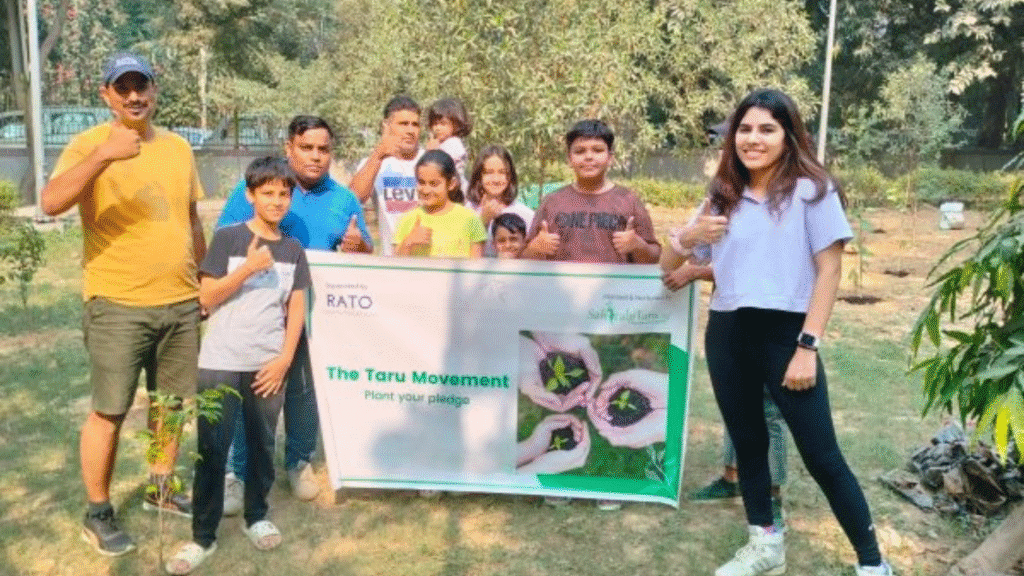
For Reuben, planting trees links people to nature, offering joy now and hope for tomorrow. But to keep that magic alive, cities need a clear, green game plan.
Roadmap to a Green Future – Urban Afforestation
To quote a well-known Chinese proverb, “The best time to plant a tree was twenty years ago. The second-best time is now.” So, let’s skip the small talk and dig right in—pun totally intended.
Where to Plant: Finding Space in the Concrete Jungle

Urban planting is not just about filling empty spaces; it’s about finding the right spots where trees can flourish without tangling with infrastructure. Think schoolyards, community parks, and stormwater drainsides. Even roadside verges, traffic islands, terraces, and forgotten plots can bloom with life. A great example is Singapore’s Park Connector Network, which strings together green spaces across the city, creating a lifeline for both people and wildlife.
What to Plant: Picking the Right Green Heroes
When it comes to urban greenery, not every plant can handle the chaos of city life. In India, native species like neem, banyan, and peepal, fast-growing trees like eucalyptus and silver oak, and drought- and pollution-tolerant varieties like pongamia (Indian beech) thrive with minimal care while curbing pollution, offering shade, cooling surrounding temperatures, reducing noise, improving air quality, preventing soil erosion, supporting pollinators, and protecting biodiversity.
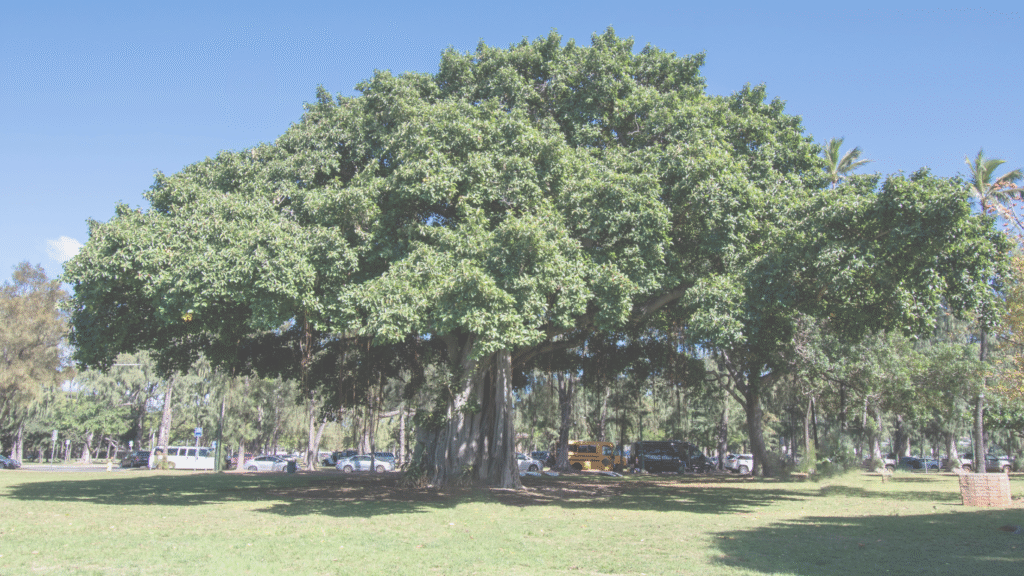
Reuben also agrees that when it comes to trees, going native is the way to go. With a little help from forest pros, pick plants that are suited to the area’s soil and weather to help create greener, more sustainable spaces with less effort.
Big Trees or Baby Saplings
Big trees provide instant shade, striking visual appeal, and valuable environmental benefits, while saplings are affordable, easy to plant, and grow sturdily if nurtured well. At Powai Hill, the planting plan mixed both, layering canopy trees, mid-sized shrubs, and ground covers to cool the air and welcome birds, bees, and butterflies.
Sustaining Green Beyond Planting
Planting is just the beginning; trees need care to survive the hustle of city life. Studies show newly planted trees face an annual mortality rate of about 6.6–7% in their early years, dropping to 2.8–3.8% as they mature. Long-term care programs, community tree guardians, and seasonal check-ins, along with watering, mulching, and pruning, can help saplings grow into shady, cooling giants that keep cities livable and beautiful.
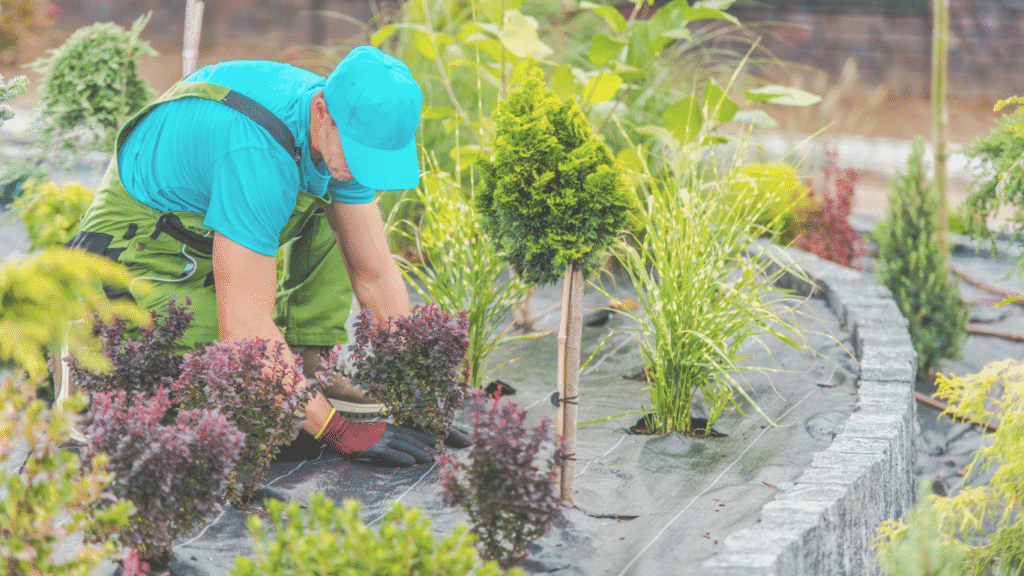
Reuben says the problem with urban forests isn’t just planting trees, it’s that we treat it like a one-day selfie event. We love posing with a sapling on World Environment Day, but checking if it’s still alive, not so much. Most of us can’t even name the trees on our street, let alone know what to do if one’s being chopped down. His advice is to learn how to plant, care for, and protect our leafy neighbours, and remember, we’re not the bosses of nature, we’re co-tenants.
Urban Afforestation Starts Here
As Reuben wisely says, “You may never sit in the shade of the trees you plant, but the joy you find in the experience of planting it, should make it worth your while.”
After all, every seed planted is a step toward a future where cities breathe easier.
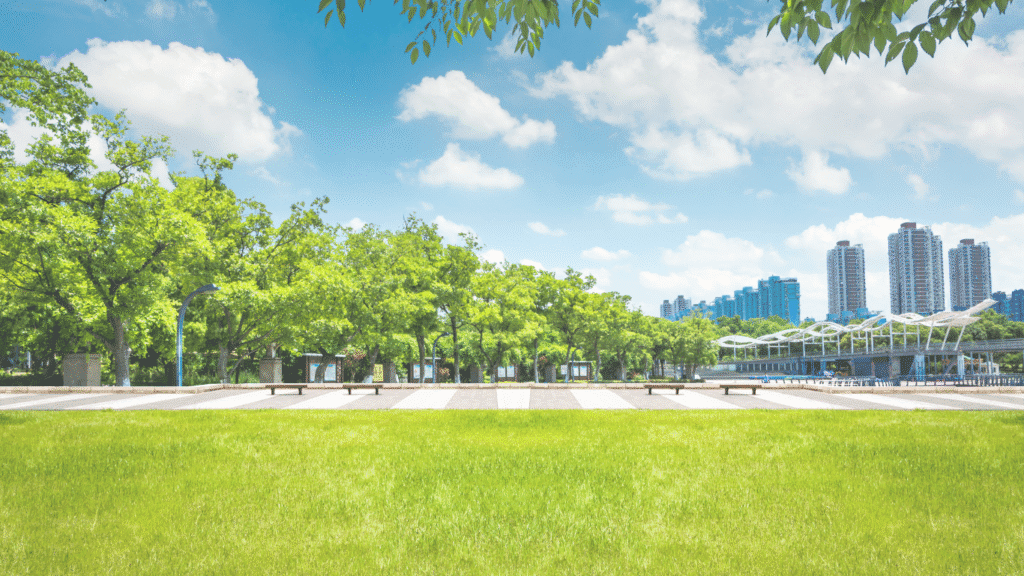
So, are you ready to turn your city into a greener, cooler place? Then take the first step in urban afforestation with Taru Movement and Green Pistachio. For every tree you plant, we’ll proudly feature your journey on our social media. Start your tree‑planting journey today, tag us on Instagram, and inspire others to join in. Together, let’s make way for cooler, greener, and healthier cities.

